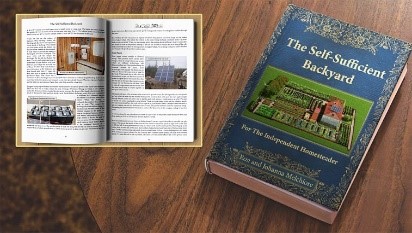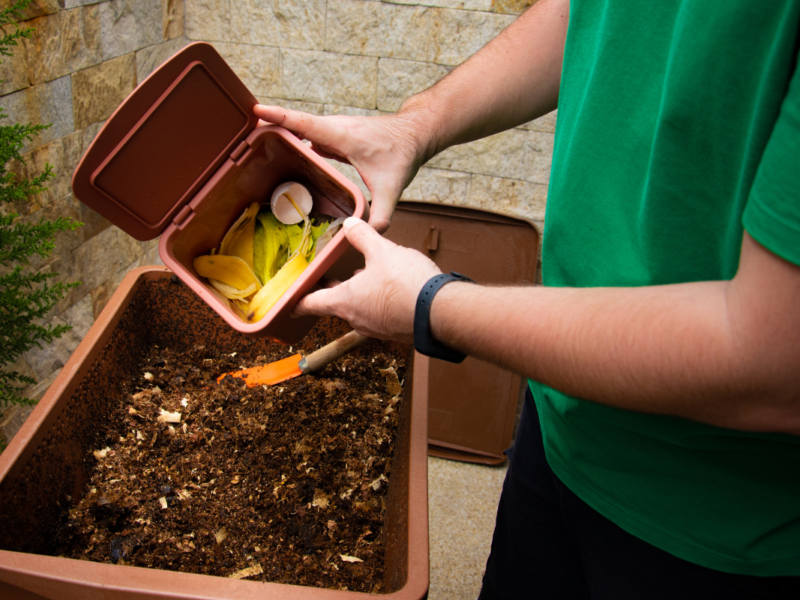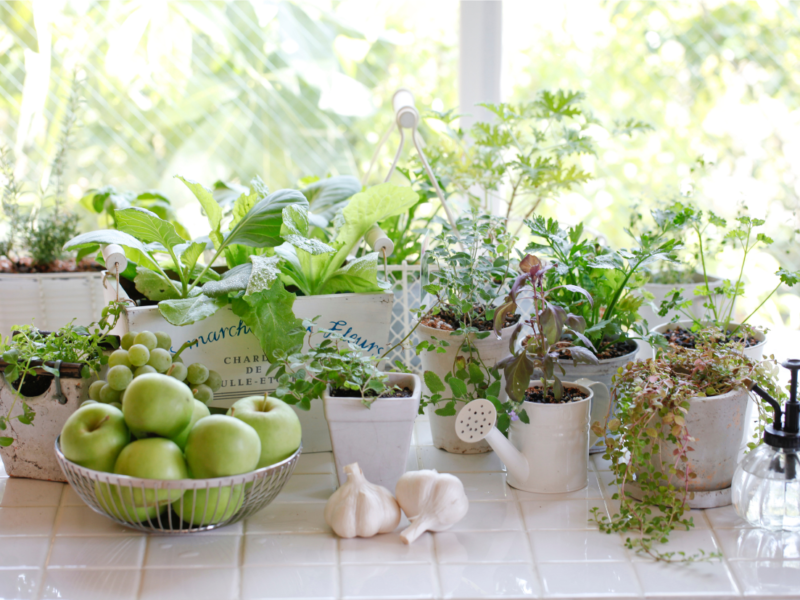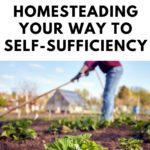If you’re considering starting to homestead, you’re not alone. Millions of people in the United States and around the world have been doing it for years, and as more people find themselves looking for ways to save money or gain greater control over their food supply, the trend shows no signs of slowing down. If you want to learn how to start homesteading but aren’t sure where to begin, consider using this checklist to help you get started.
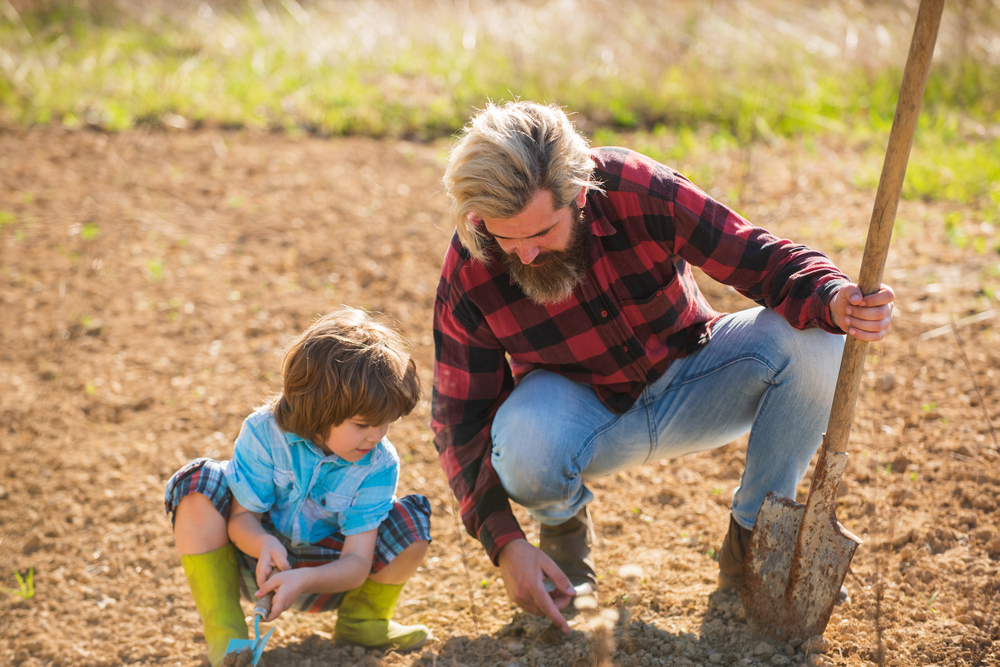
This article provides key tips for beginner homesteading.

Homesteading describes a life that is self-sufficient and sustainable. To get started, you need a self-sufficient homestead checklist.
Historically, people depend on the Earth for resources to build our empires, feed our families, and grow our communities.
Modernly, we shop for food in stores, buy foods wrapped in plastics, and fill our trash bins to the top without a thought. It is the easy way, and everyone else is doing it.
The modern homesteader doesn’t need vast acreage. Nor do they need to come from a family of farmers and homesteading masters.
Anyone can become more sustainable, self-reliant, and responsible for some of their food, energy, and water. Anyone can become a homesteader!
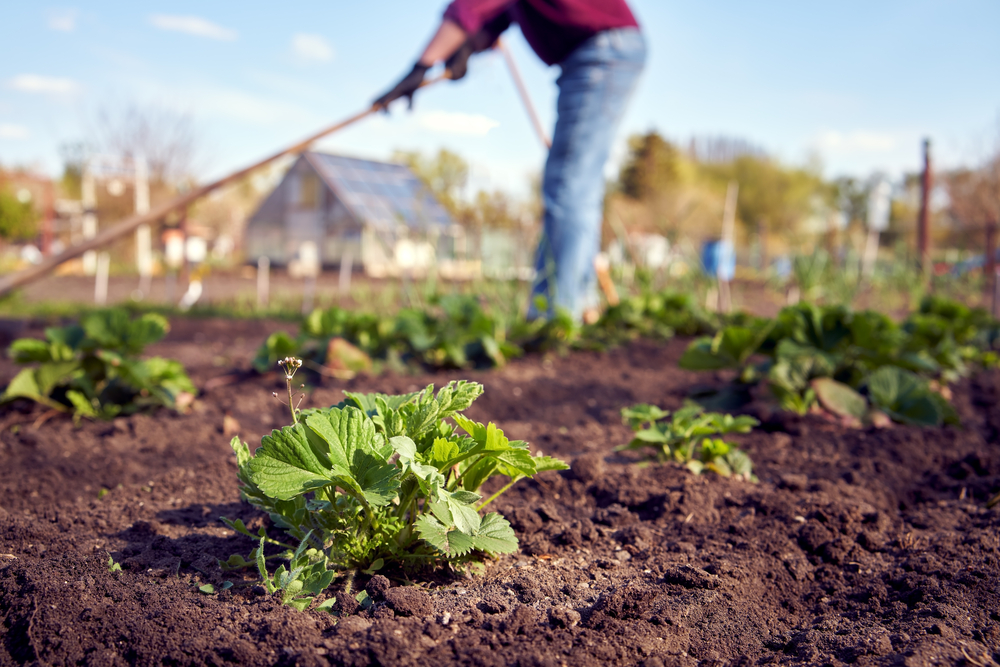
What is homesteading?
Homesteading is a lifestyle of self-sufficiency and sustainability. You don’t need as much land as you think. A small urban property could be more sustainable than a rural homestead!
Living a homesteading lifestyle means growing your food, raising livestock for food and other purposes, making most of your clothes, furniture, toys, and other items yourself, or acquiring them used or second-hand.
It also includes keeping a kitchen garden, preserving the harvest through canning and freezing, and building things from scratch rather than buying convenience foods and packaged products.
Homesteaders may also keep some farm animals like cows or chickens for their eggs or milk, but in many cases, these are more pets than anything else.
Why should we become homesteaders?
Beginning a homestead is a natural way to live a sustainable lifestyle. You become more self-sufficient.
Gardening and growing your food impacts your health because you eat the freshest, most nutritious foods.
It doesn’t matter if you live in the city or the country because homesteading skills are universally beneficial.
Start where you are with what you have, and over time you will become a wealth of knowledge regarding homesteading skills.
What do I need to start a homestead?
To start homesteading, you need to consider your homesteading skills and plan to learn and master new ones over time.
Next, take a look at your resources. The type of space you have will inform the types of projects appropriate for your needs and abilities.
Decide if you want to grow your food on a small scale or make your household self-sufficient by increasing all the necessary items for survival.
How do I begin homesteading?
Want to start homesteading but not sure where to begin? You’re in luck!
There are many homestead skills beginners should know how to do and general guidelines for starting your garden. Starting a homestead with nothing can be done. Everyone starts somewhere!
Before you get started, take the time to plan out what you want and gather any materials you need.
How to Start Homesteading with No Money
Knowing your budget ahead of time is also essential, so be sure to do some research on supplies before buying anything new! Always repurpose things and buy second-hand whenever you can.
The following is a list of homesteading basics and a few skills to consider when setting your homestead goals.
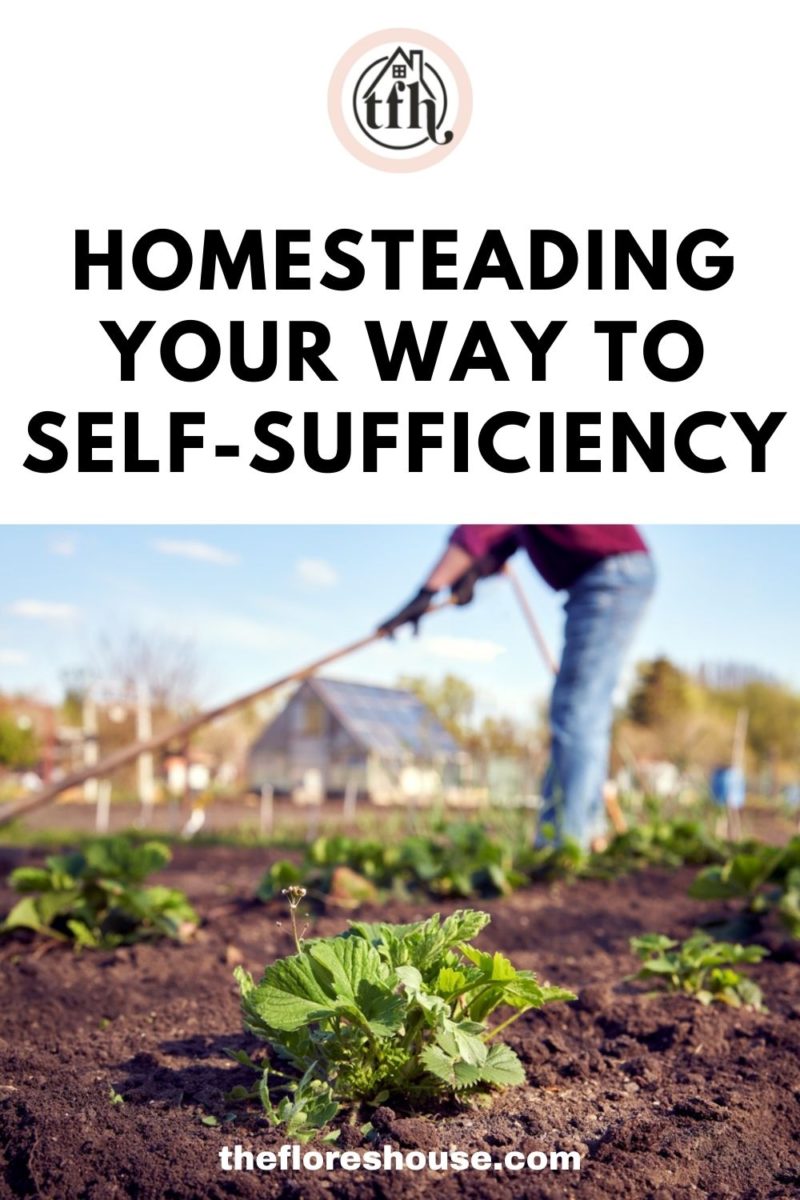
Checklist to Start Homesteading Now
Here are some tips for kicking off your homestead journey
1. Overcome a limited mindset about what it takes to start homesteading!
You can start homesteading in your apartment. Take steps now toward the future you wish to create.
2. Read and learn all about gardening.
What produce and herbs will you need to feed your family for a year? How many gardens would you like to have? Map out a plan and layouts for those gardens.
3. Familiarize yourself with the art of permaculture.
Permaculture techniques can take your food production to the next level while creating a sustainable homestead.
4. Will you have animals on the homestead?
Decide which animals you want to raise and why. Then, list them in the order you’d like to start. It is wise to start with one breed, not all at once. Rabbits are great for the garden!
5. Collect Materials
If you have the space, begin collecting materials that you find for free or cheap on places like Facebook Marketplace. Think about fencing, sheds, chicken and rabbit coops, and rain barrels, for example.
6. Practice cooking from scratch.
Start a sourdough culture, pickle vegetables, dehydrate herbs and spices, and learn how to can to preserve foods. These skills will carry you!
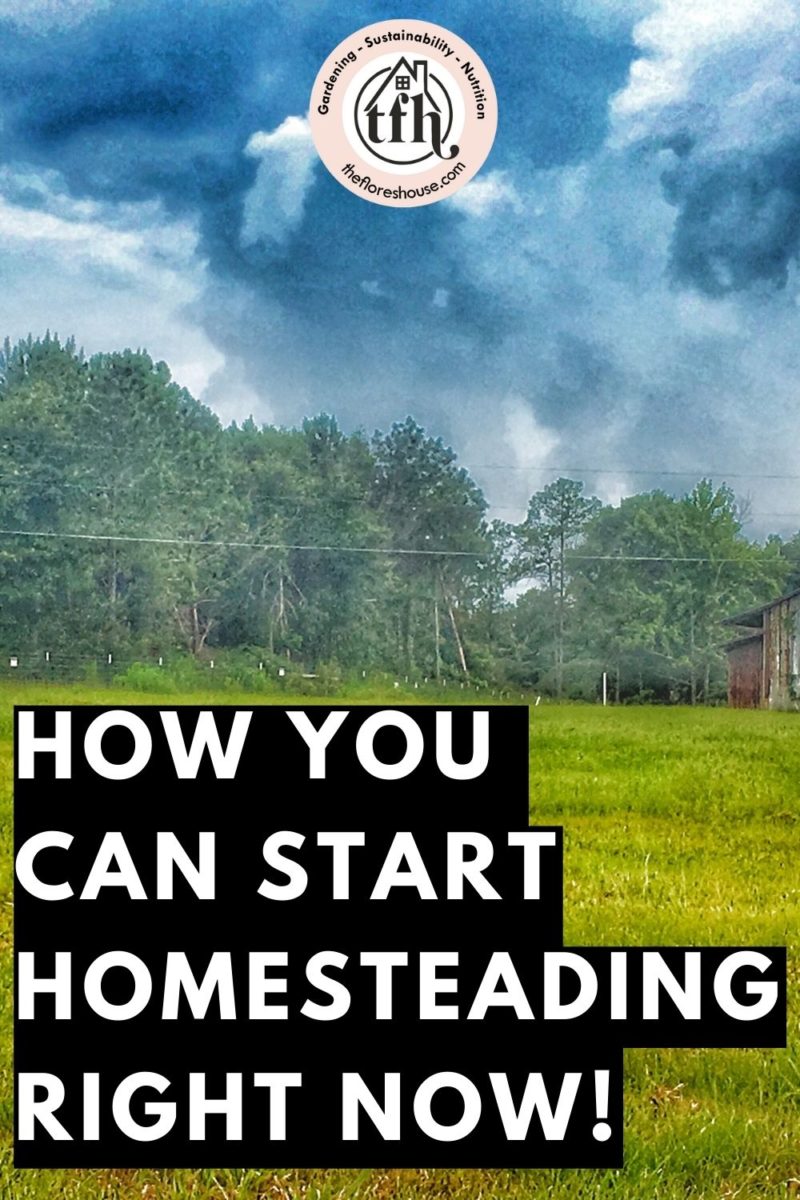
7. Review your current energy usage.
Can you get a better vehicle to improve gas mileage, or can you get an electric car? If you live on your permanent homestead, can you get solar panels? Aim to save money and energy in every way possible.
8. Research ideas on water usage and conservation.
Can you drill a well? What is a swale? You can find good videos on YouTube for DIY projects like how to make rain barrels.
9. Reduce, reuse, recycle–Apply this to everything.
It is all about conservation and sustainability.
10. Are you a pro-DIY-er? If not, you probably need tools.
Start sourcing out good tools. Shop at garage sales and flea markets to build up your collection while saving on costs. Yard sales help save so much money in the long run. The right tools make the job so much easier, too.
11. Get in shape.
Are you a fit person? The healthy and strong version of you will do best when the going gets tough on the homestead. You will get lots of workouts with gardening and building your home place. Can you handle it?
12. Go to the library.
While you are not actively homesteading, you need to use all this time learning (Good for you for reading this blog!). This downtime is just as critical as the hard work you will be doing. Use it wisely and absorb as much information as possible as an aspiring homesteader.
13. Don’t feel like you have to rush the process!
Taking small steps toward your homesteading goals is a great way to go. Make a little progress every day, and your efforts will pay off!
How Can I Learn More About Homesteading?
Homesteading is becoming increasingly popular, and many see it as a lifestyle of self-reliance.
You’ll have to commit and dedicate yourself to the lifestyle, and once you leap, there’s an abundance of support available to guide you through the process.
You might want to check out a few of these invaluable resources:
1) Community-Supported Agriculture (CSA): CSA programs allow consumers access to organic produce directly from farmers by paying a set fee upfront. Plan to get involved!
2) Farmers Markets: Find places to sell the bounty. It is a great place to network with other homesteaders as well!
3) Organizations like Slow Food and Chefs Collaborative promote seasonal eating and support local food initiatives. From your farm to their table!
4) Educate yourself! Keep reading articles like this one, and join the TFH community to stay in the loop!
This post was all about getting started homesteading!
